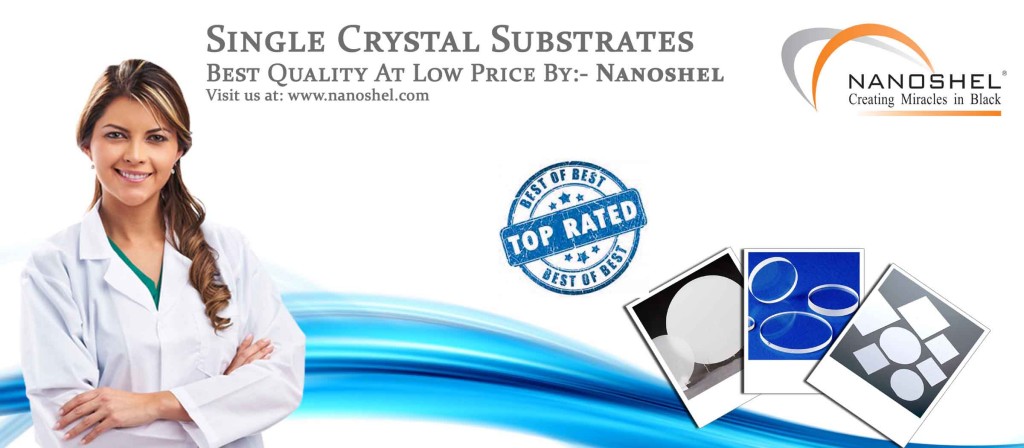CVD Graphene on Quartz
Purity: >99.9%, Size:10*10mm
CVD Graphene on Quartz
| Product | CVD Graphene on Quartz | |
| Stock No | NS6130-10-1274 | |
| Purity | > 99.9% | Confirm |
| Transparency | > 97% | Confirm |
| Coverage | > 95% | Confirm |
| Thickness | 0.345 nm | Confirm |
| FET Electron Mobility on Al2O3 | 2000 cm2/Vs | Confirm |
| Hall Electron Mobility on SiO2/Si | 4000 cm2/Vs | Confirm |
| Sheet Resistance | 370±10 Ohms/sq (cm x 1cm) | Confirm |
| Grain Size | Up to 10 µm | Confirm |
| Flatness; Bow | 20 µm, Warp: 30 µm | Confirm |
| Roughness | 6Å (on the polished side) | Confirm |
| Polished | Double side | Confirm |
| Application | Flexible displays, ITO replacement, Graphene research | |
| Quality Control | Each Lot of was tested successfully | |
| Main Inspect Verifier | Manager QC | |
Expert Reviews
CVD Graphene on Quartz

Contact Us
From us, you can easily purchase Silver Nano particles as a new generation of Antimicrobials (Ag, Purity: 99.9%, APS: 50–80 nm, Metal basis) at great prices. Place an online order and we will dispatch your order through DHL, FedEx, UPS. You can also request a quote by mailing us at sales@nanoshel.com. We invite you to contact us for further information about our company and our capabilities. At Nanoshel, we look forward to your suggestions and feedback.
Email Us:
sales@nanoshel.comcmg@nanoshel.com
🔆
Follow Us:
Direct Call Us:
USA – Sales/Research
+1 646 470 4911
+1 646 470 4911
UK – Sales/Research
+44 1782 454 144
+44 1782 454 144
Ireland – Sales/Research
+354 71 985 3714
+354 71 985 3714
India – Sales/Research
+91-9779550077
+91-9779238252
+91-9779550077
+91-9779238252
Note:
*Exchanges of materials/products are not permitted. Nanoshel does not offer refunds.
*US Dollar Cheques Not Accepted, Only Bank TT/Credit Cards Accepted
*Exchanges of materials/products are not permitted. Nanoshel does not offer refunds.
*US Dollar Cheques Not Accepted, Only Bank TT/Credit Cards Accepted
